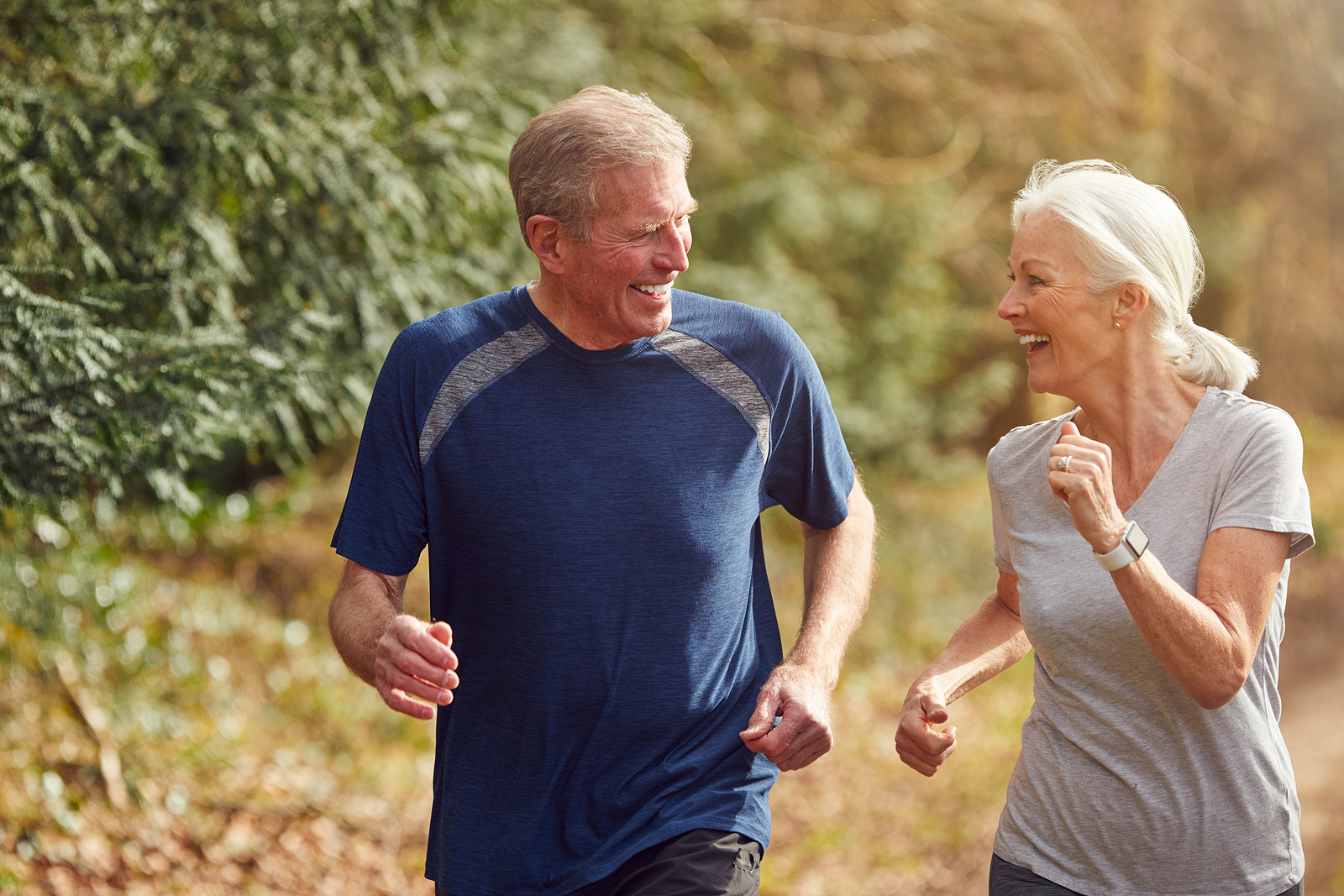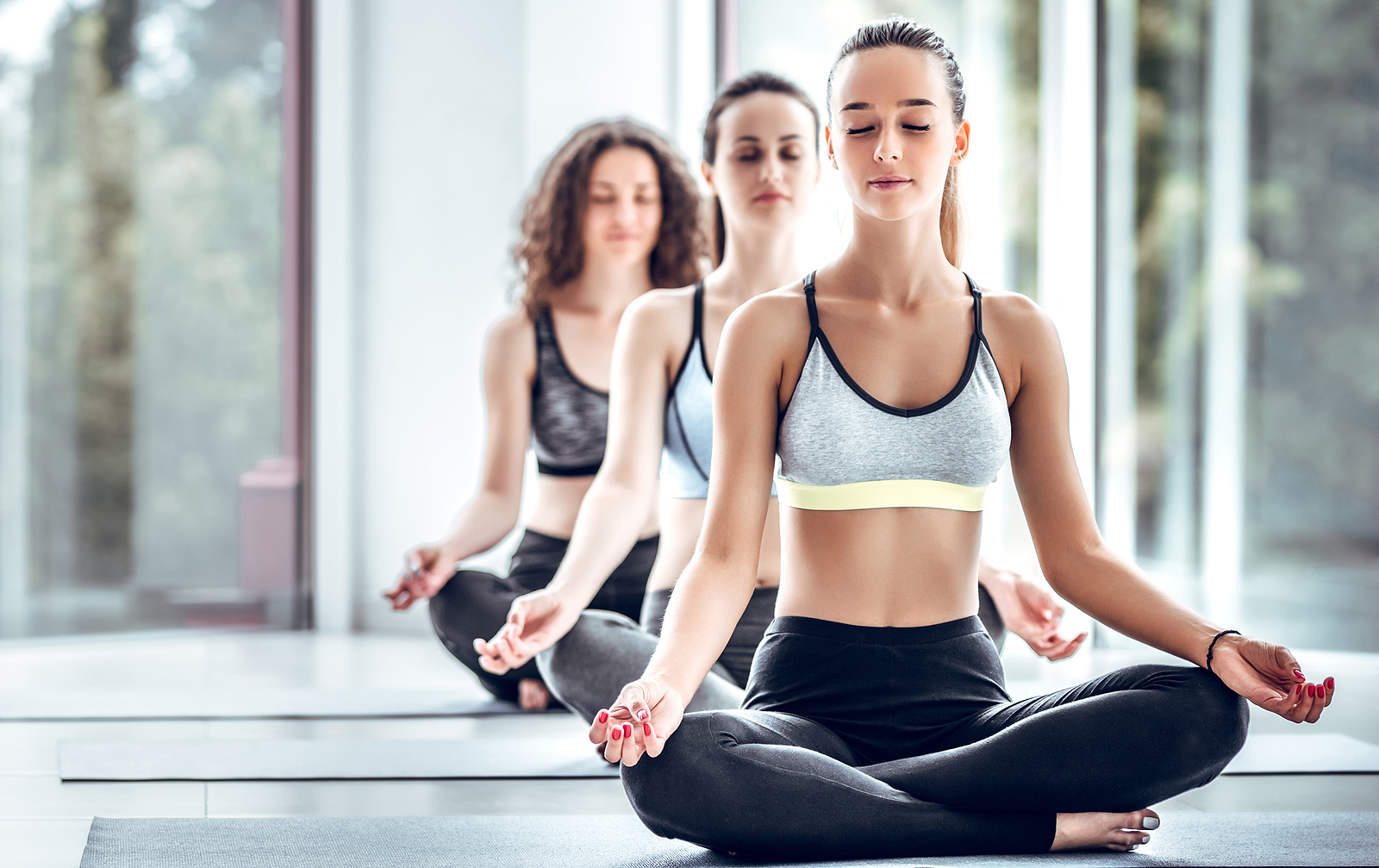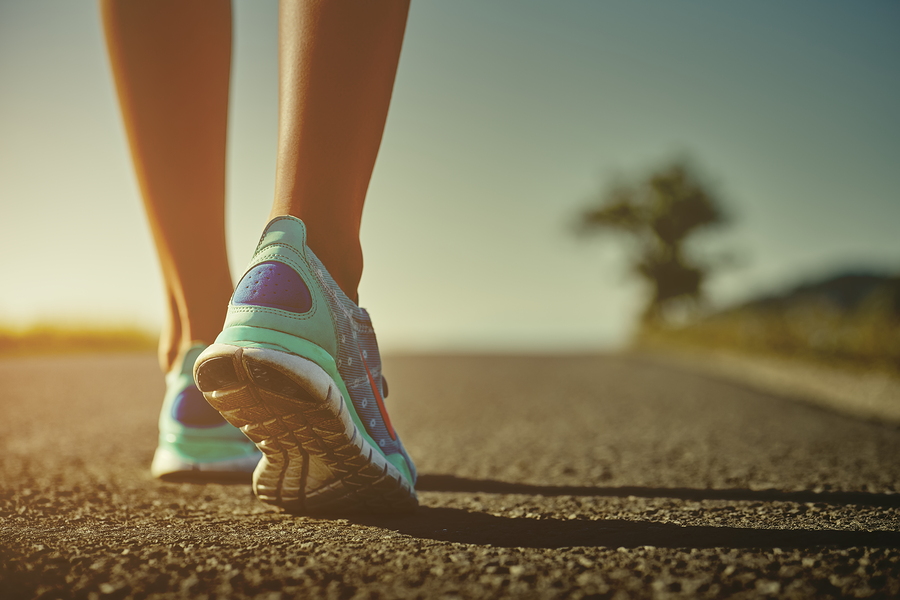6 Stretching Exercises for Desk Jockeys
You spend a lot of time sitting. From working 40 hours a week, driving, and spending time relaxing on the couch, the average adult will sit for about 13 hours a day. And without the proper posture, all that sitting can take a toll on your body, causing neck and back pain that leads to headaches, muscle spasms, and a slew of other issues.
Fortunately, getting therapy for back pain in Bend can help relieve the pressure and tension that comes from working a desk job. But to hold onto these adjustments, you’ll need to practice daily maintenance stretches. Your chiropractor for neck pain in Bend will offer individualized stretches for your problem areas.
Here are 6 additional exercises to practice throughout the day for different muscle groups – and you can even do them seated at your desk!
1. Neck Stretch
- Seated in a neutral position, grab the bottom of your chair with your right hand.
- Tilt your head to the left, bringing your ear toward your shoulder.
- Hold this position for 10 to 30 seconds.
- Repeat on the opposite side.
You can deepen your stretch by gently pressing down on your head with your left hand.
2. Shoulder Shrug
- Sit in a relaxed position with your head forward.
- Lift your shoulders toward your ears, while inhaling deeply.
- Squeeze and hold for 2 seconds.
- Then, roll your shoulders down and backwards on the exhale.
- Complete 5 to 6 reps.
- Repeat by rolling forward.
3. Spinal Twist
- Sit up straight with your feet flat on the floor and your hips forward.
- Place your left hand on the outside of your right knee and twist toward the right.
- Hold for 3 to 5 breaths and exhale as you return to neutral.
- Repeat on the opposite side.
You can use your right arm to brace the back of your chair and twist deeper.
4. Lumbar & Mid-Back Stretch
- Scoot a little further than arms’ length away from your desk.
- Sit up tall, looking forward with your arms extended straight overhead.
- Gently bend forward and grab your desk.
- Relax, breathe and hold this position for 10 to 30 seconds.
- Repeat this exercise 3 to 5 times.
Adjust yourself as needed until you create a horizontal bridge from your desk to your chair.
5. Seated Hip Stretch
- Sitting down, place your right ankle over your left knee.
- Sit up tall and gently lean forward, being sure to hinge at the hips and keep your back straight.
- Continue reaching with your torso until you feel the stretch in your right hip and glute.
Deepen your stretch by placing gentle pressure on your right leg with your hand.
6. Hamstrings
- In a seated position, extend your legs at a 45-degree angle.
- Gently bend toward your toes, keeping your back straight.
- Hold this pose for 30 seconds.
- Repeat the exercise 3 to 5 times.
or from standing…
- Squeeze your glutes and brace your stomach.
- Roll down vertebrae by vertebrae and try to touch your toes.
- Hold for 3 to 5 breaths and roll back up vertebrae by vertebrae.
Don’t forget that even with these stretching exercises, you should take breaks to walk around for a few minutes each hour. Coupled with chiropractic care and massage therapy in Bend, these stretching exercises will keep you relaxed and pain-free! Come in for an adjustment at Total Body Chiropractic & Massage and get an individualized routine that will help you feel your best!





